Hot Runner System
- Thermal Efficiency: Maintains optimal temperature for molten plastic, ensuring smooth flow and consistent part quality.
- Precision Control: Allows for accurate adjustment of flow rates and pressure, reducing defects like warping or sink marks.
- Durability: Built to withstand high temperatures and pressures over extended production runs.
- Modular Design: Easily integrates with various mold configurations and can be customized for multi-cavity molds.
ISO 9001:2015 Certified Processes
ISO 13485: 2016 Medical Device
IATF 16949: 2016 Automotive
No Minimum Order Quantities
In-Process Inspection with CMM
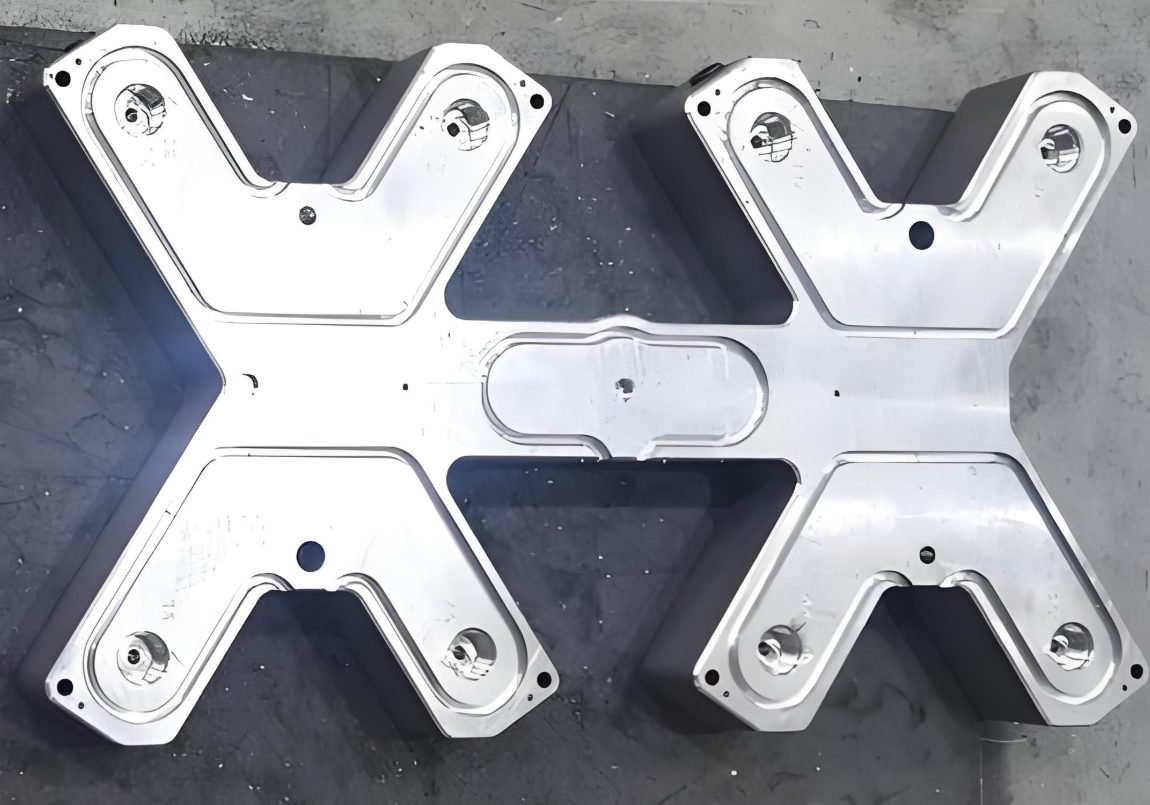
Hot Runner Systems: Precision Solutions for Injection Molding
Hot runner systems are advanced components in injection molding that maintain the molten state of plastic as it flows from the machine nozzle to the mold cavities.
Unlike traditional cold runner systems, hot runners eliminate the need for runners to solidify and be ejected with each cycle, significantly reducing material waste and cycle times. By ensuring consistent temperature control and precise flow, hot runner systems enhance production efficiency, improve part quality, and reduce overall manufacturing costs.
Core Functions
Processing Materials
Tool Steel
- Provides superior hardness and wear resistance, ensuring long-term reliability.
Stainless Steel
- Offers excellent corrosion resistance and longevity, ideal for high-temperature applications.
Copper Alloys
- Used in specific components for enhanced thermal conductivity and efficient heat transfer.
Insulation Materials
- High-quality ceramics or composites are used to minimize heat loss and maintain temperature control.
Post-Processing & Surface Treatments
To optimize functionality and extend service life, our hot runner systems undergo advanced post-processing and surface treatments.

Heat Treatment
Enhances the strength and thermal resistance of critical components.
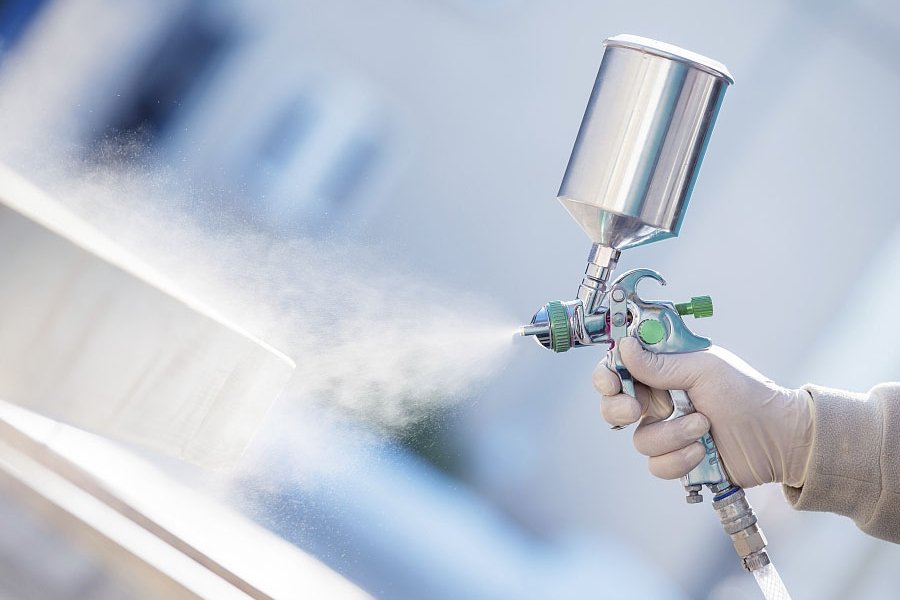
Specialized Coatings
Options like titanium nitride (TiN) or diamond-like carbon (DLC) are available for enhanced durability and reduced maintenance.
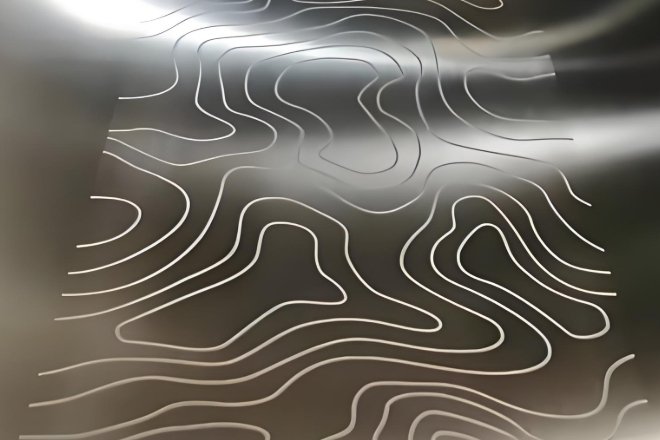
Nitriding
Increases surface hardness for improved wear resistance in high-use areas.
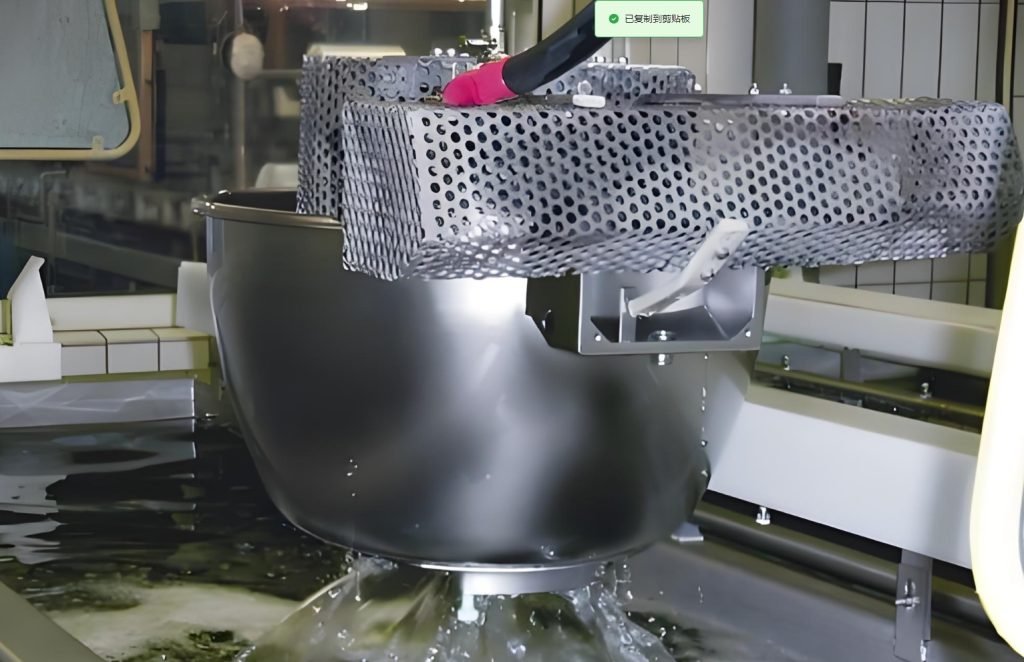
Polishing
Achieves a smooth surface finish on flow channels to reduce friction and prevent material buildup.
Technical Specs for Hot Runner Systems
Our processes ensure unmatched consistency and repeatability at fast lead times and affordable pricing.
| Parameter | Specification |
| Temperature Range | Up to 450°C (842°F) |
| Pressure Capacity | Up to 2,500 bar (36,250 psi) |
| Nozzle Sizes | Standard: 1.0 mm to 10.0 mm; custom sizes available |
| Gate Types | Valve gate, open gate, edge gate, etc. |
| Heater Types | Coil heaters, cartridge heaters, band heaters |
| Controller Compatibility | Compatible with all major temperature control systems |
| Material Compatibility | Suitable for thermoplastics, elastomers, and more |
| Cavity Configuration | Single-cavity to 128-cavity systems |
| Lead Time | 4-6 weeks for standard systems; custom timelines vary |
Fecision Mold Component Tooling Network
In response to different service types and diverse business needs, we have deployed suppliers with different manufacturing capabilities.
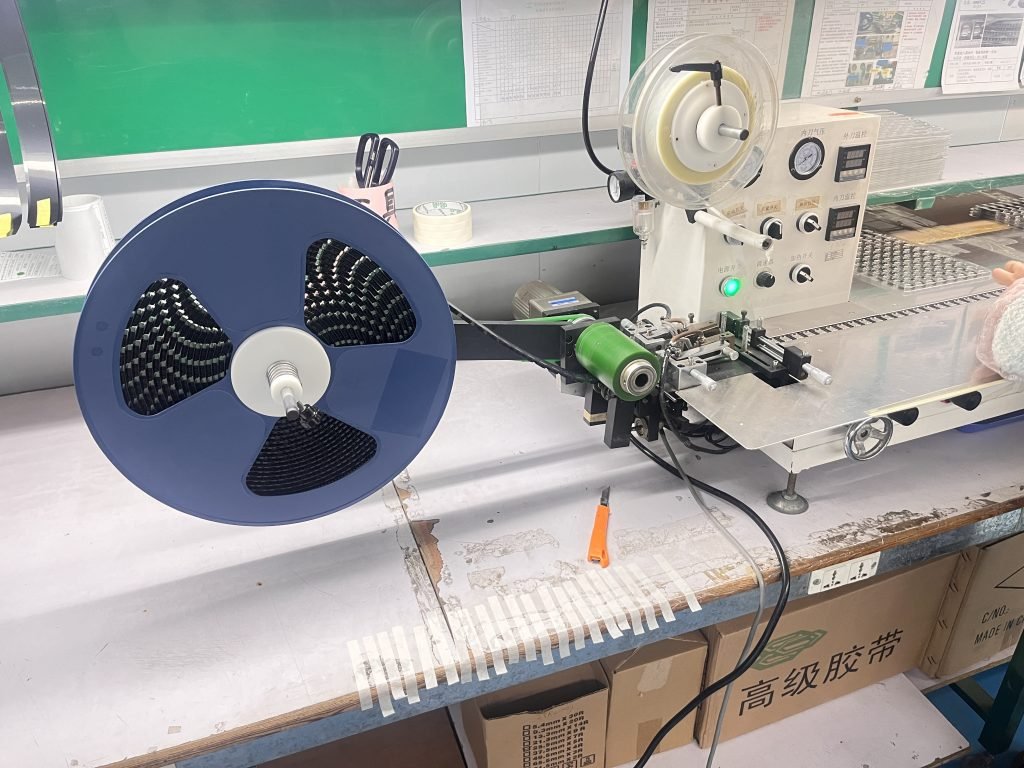
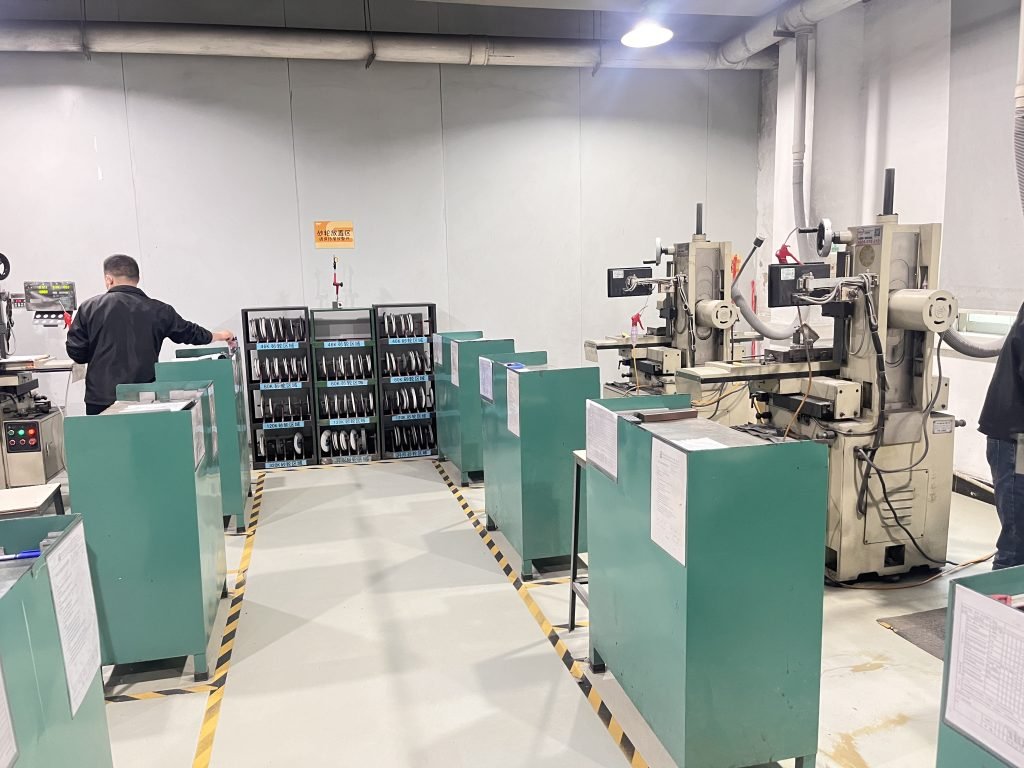
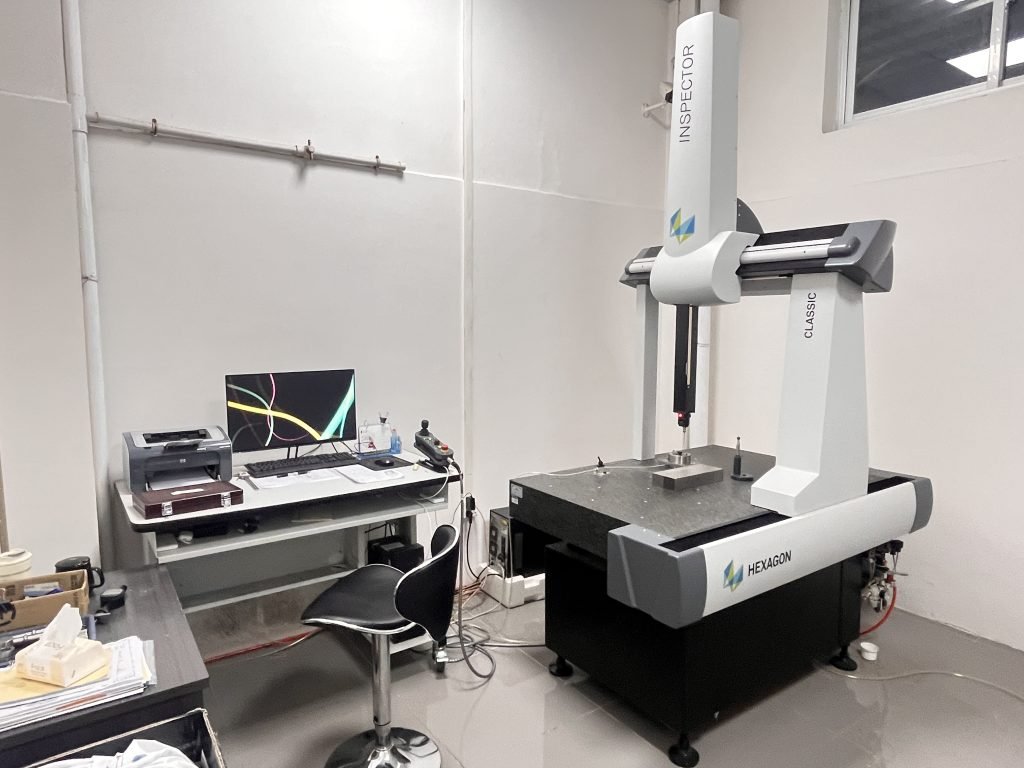
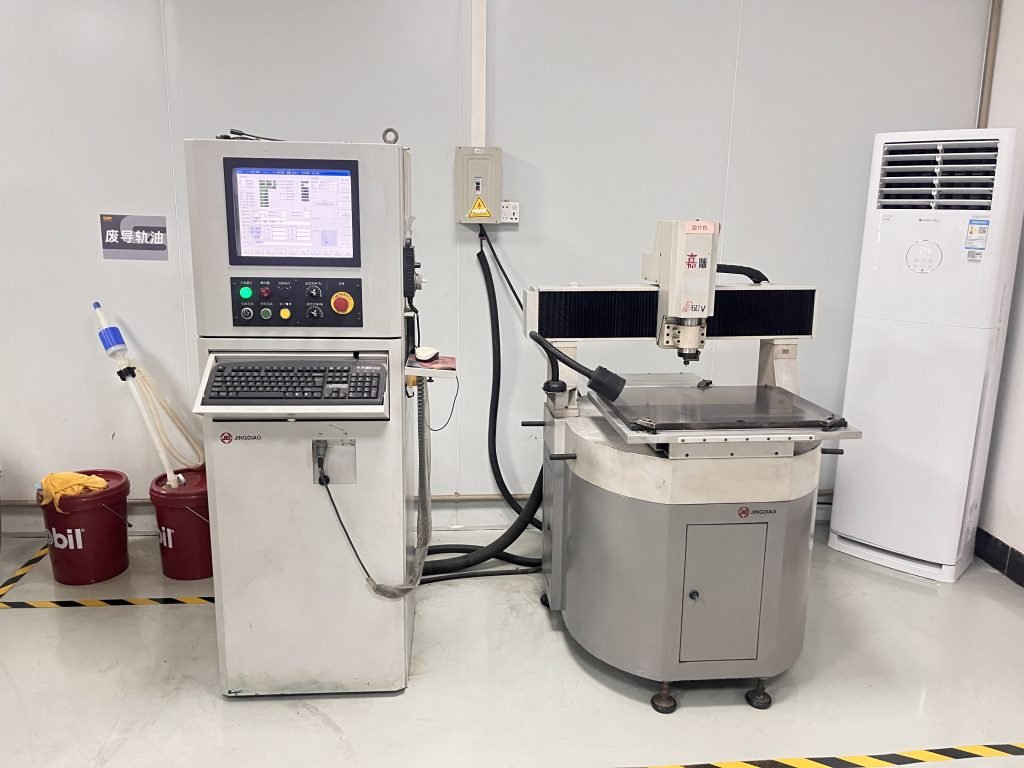
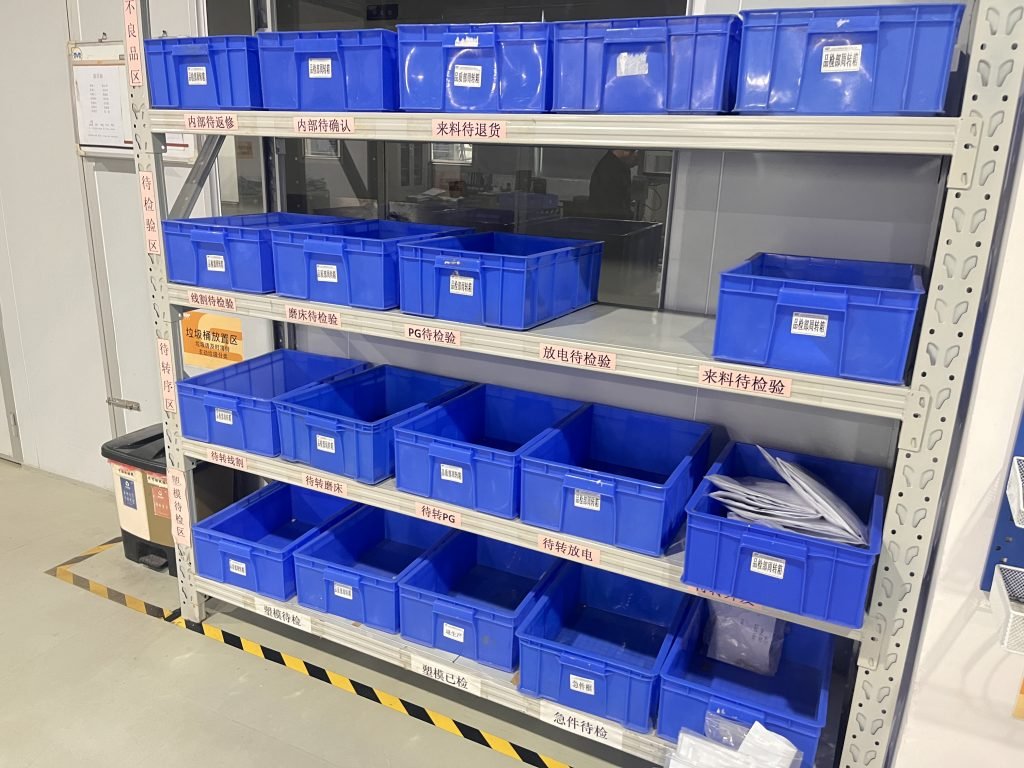
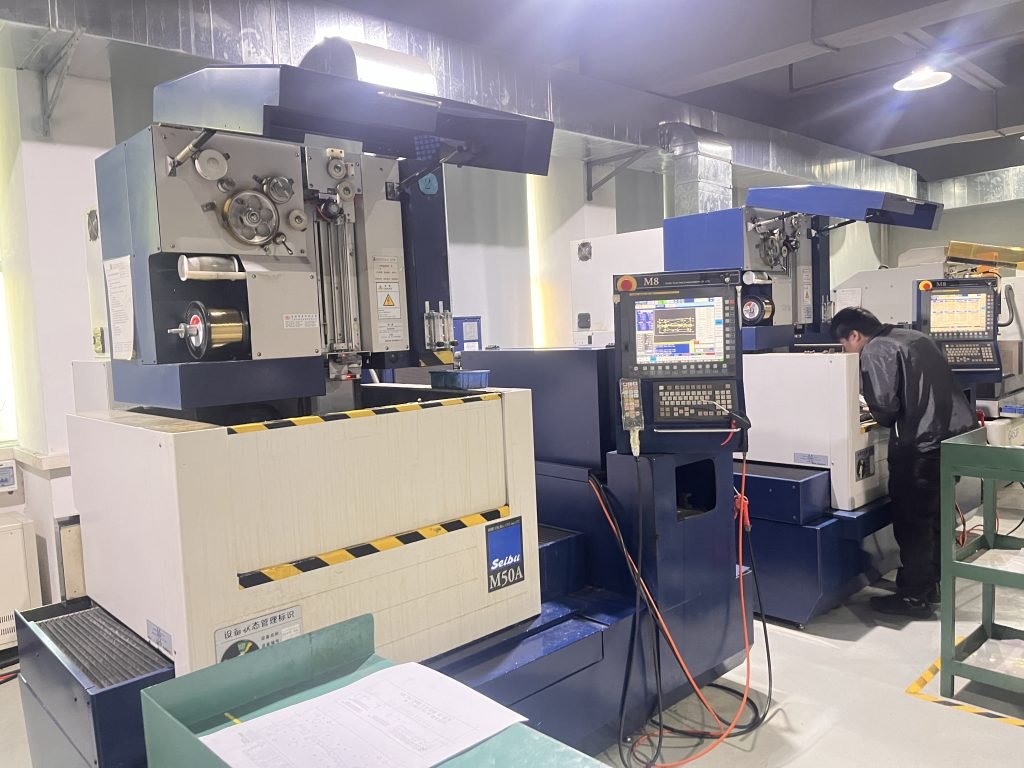

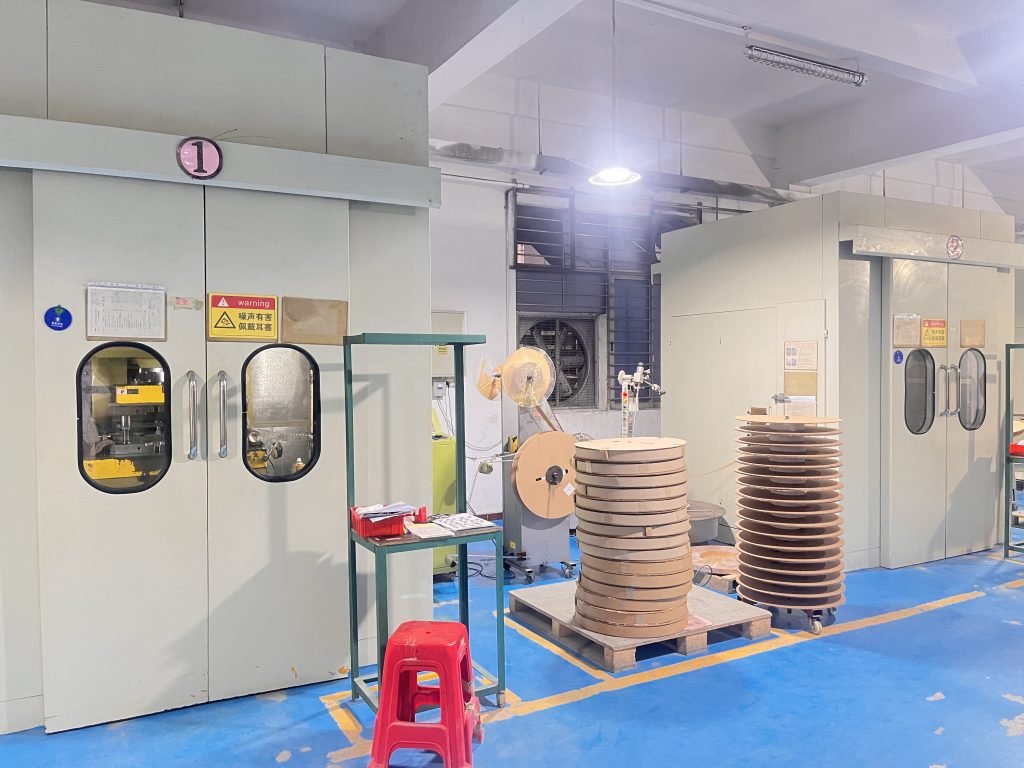
Why Fecision for Mold Components?

Precision and Accuracy
Using state-of-the-art CNC machining, EDM, and other advanced manufacturing techniques, Fecision ensures all mold components meet tight tolerances and high-quality standards.
Customization
Fecision understands the unique needs of each project. Our team works closely with customers to provide tailored solutions, ensuring that each component fits perfectly within the target mold system.
Rapid Prototyping
Fecision offers rapid prototyping for mold components, enabling customers to test and refine designs quickly before moving into full production.
End-to-End Services
From initial design and DFM (Design for Manufacturability) analysis to final mold assembly and testing, Fecision handles every aspect of the mold component manufacturing process.
Process for Manufacturing Mold Components
Manufacturability Evaluation
The initial step involves assessing the manufacturablity of the mold component. If it's deemed feasible, we proceed with production immediately. If not, we will provide a detailed DFM (Design for Manufacturability) report to the customer. If necessary, mold flow analysis is performed to simulate the flow of molten material within the mold.
Material Selection
Next, choose the right material for mold parts. Common materials for mold components include steel alloys, aluminum, stainless steel, specialty alloys, etc. If needed, a prototype may be made using rapid prototyping techniques (e.g., 3D printing, CNC machining) to test the design for fit, function, and manufacturability.
Mold Components Manufacturing
Once the design and materials are finalized, the mold component undergoes CNC machining. If required, the mold component may undergo heat treatment, depending on the material and intended application. For certain components, surface hardening methods such as nitriding or carburizing are applied to increase wear resistance.
Shipping
For molds with multiple components, such as multi-cavity molds or molds with inserts, the individual components are carefully assembled into the final mold system. Once our engineers confirm the product meets all requirements, it will be shipped. We maintain ongoing communication to ensure the customer is fully satisfied with the product they receive.
Let's Start!
Together, we can make something remarkable!
Let us turn your vision into reality. Provide us with your project details, and we’ll create a customized proposal designed specifically for you.




